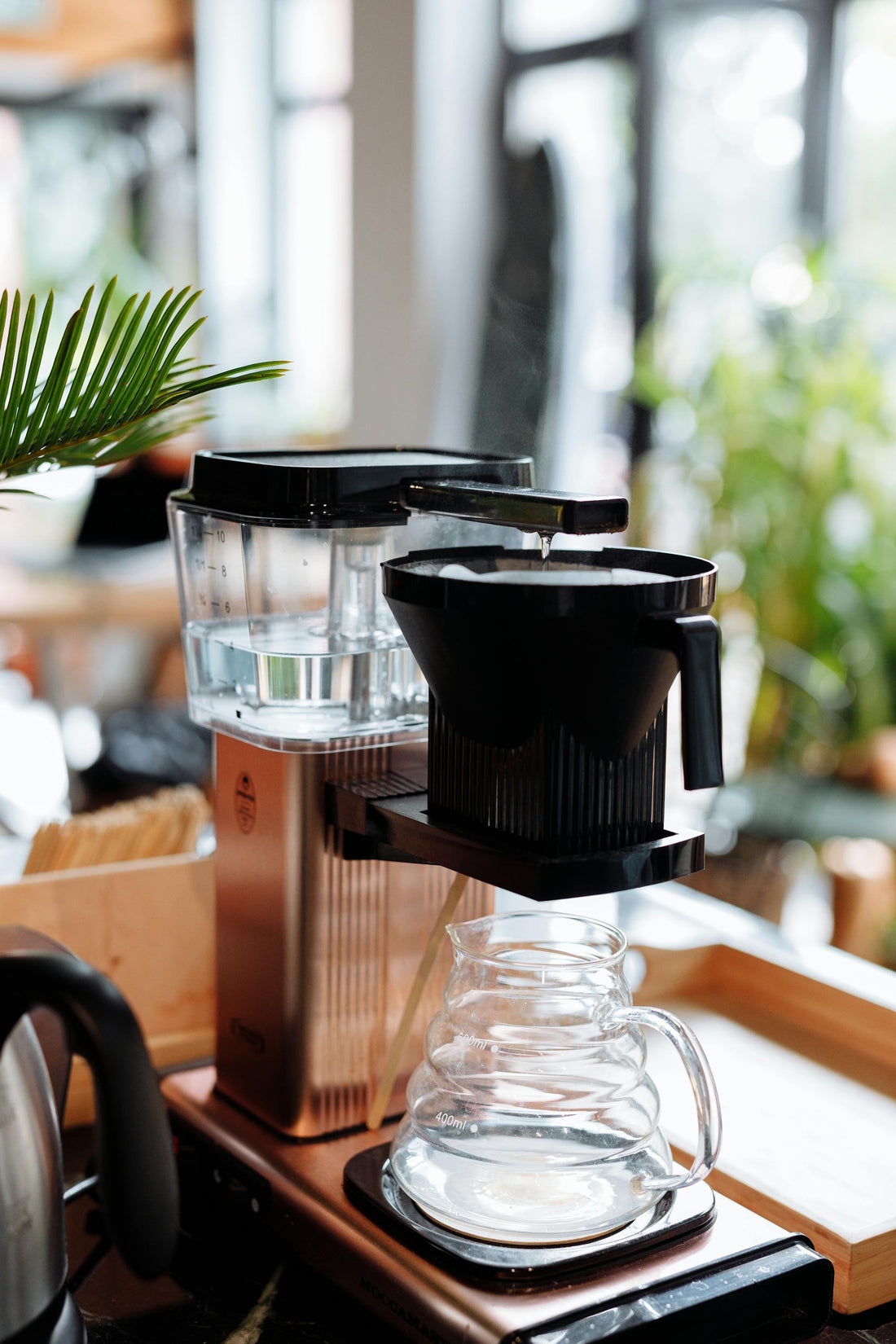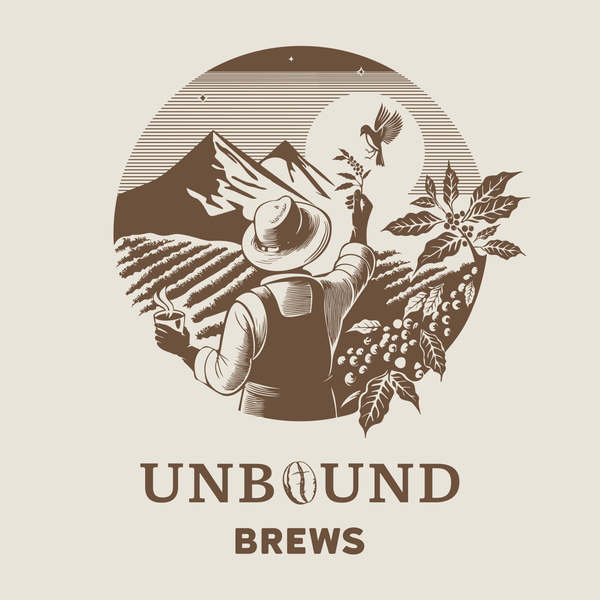
Finding your Coffee Strength Sweet Spot: A Guide for Optimal Flavor
For many, coffee is more than a morning wake-up. The act of walking to and from the kitchen to replenish your cup is part of the ritual. But for those looking to lower caffeine intake, or get a smoother cup without extra cream or sugar, there’s a way to do so without sacrificing the taste of high quality, specialty coffee.
Diluting your coffee properly can help you find balance, but how you do it matters. [𝘑𝘶𝘮𝘱 𝘵𝘰: 𝘏𝘰𝘸 𝘵𝘰 𝘥𝘪𝘭𝘶𝘵𝘦 𝘤𝘰𝘧𝘧𝘦𝘦]
How Much Caffeine Is Too Much?
According to the FDA, most adults can safely consume up to 400mg of caffeine per day—that’s about 4 x 8oz cups of coffee. There are many reasons to lower or eliminate caffeine intake, such as if you’re pregnant, breastfeeding, or oftentimes it’s simply a matter of finding the level of caffeine that is right for you.
For those sensitive to caffeine or looking to cut back but still enjoy the taste and health benefits of drinking coffee, it’s essential to be mindful of how your coffee is brewed and adjusted.
Why Using Less Coffee Grounds Doesn’t Work
If you’ve tried brewing with fewer grounds (but the same amount of water as usual) to reduce caffeine intake, you may have noticed your cup tasted bitter or flat.
Brewing coffee is a delicate process—too much water with too few grounds will lead to over-extraction, where the water pulls out tannins & bitter soluble compounds from the beans, rather than just the good stuff (sugars, oils, and acids that deliver the sweetness, aroma, and body we enjoy).
Factors Leading to Over-Extraction
| Grind | Grind is too fine for the brew method. Try grinding coarser. |
| Time | Contact time is too long (e.g., long steep or slow drip). |
| Temp | Water temperature is too high for the recipe. |
| Ratio | Incorrect brew ratio. Too much water can result in thin body or drying sensation. |
| Evenness | Uneven grind distribution in the bed; Avoid channeling in pour-overs. |
How to Dilute Coffee the Right Way
- Brew the coffee with the recommended water:coffee ratio to maximize flavor extraction.
- Add water afterwards to your brewed coffee to reduce strength. This may take a few cups to dial in, but should not vary much from bean-to-bean based on your preferences.
This process, called “bypassing” by industry insiders, preserves the coffee’s complexity, while adjusting its strength and caffeine level to your preferred taste. - No matter what, water is the primary ingredient in your cup and we recommend using filtered water if available to avoid altering the coffee’s clarity or taste.
Conclusion
Lowering your caffeine intake doesn’t mean settling for a lesser coffee experience. With the right approach, you can still enjoy the nuanced flavors and aromas that make coffee special. This also avoids the need to load up on cream and sugar. With high quality freshly roasted coffee, you should be able to appreciate the coffee’s journey to your cup.
Whether it’s your first sip of the day or a gentler mid-morning pick-me-up: every cup can be a mindful, flavorful experience—without boundaries.
Final Tip: Have your Coffee Jonny’s Way
As I move along in my day and become mindful of my caffeine intake to ensure I sleep well at night, I always look to our decaf offerings as another way to have the full experience without sacrificing on quality. It’s fun to play around with mixing a half-caf (half caffeinated, half decaf) coffee or simply enjoy Unbound Brews' freshly roasted, high quality decaf coffee that can stand up against the flavor of caffeinated coffee.
Quick FAQs
• Is over-extracted coffee dangerous? Under normal consumption, no; over-extraction affects flavor more than safety.
• Isn't the bitter flavor caffeine? Caffeine is water-soluble but is not the main driver; the harsh bitterness comes from the other late-extracting components.


